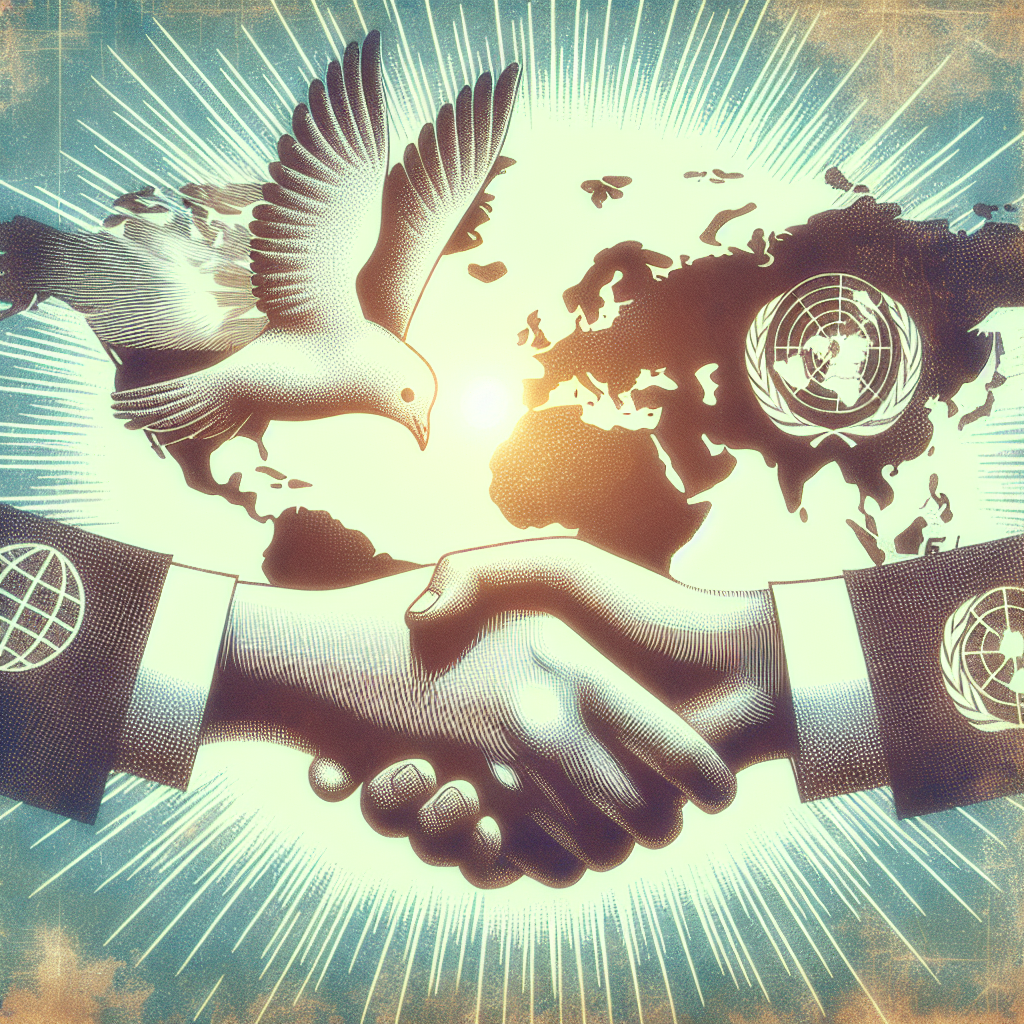The potential for conflict resolution in Ukraine may hinge on a shift in strategy from both Russia and the United States, particularly with the anticipated return of Donald Trump to a leadership role. It is suggested that if Trump were to threaten an escalation in military support for Ukraine, Vladimir Putin could be inclined to accept a ceasefire along the Line of Contact (LOC). Trump’s previous claims to rectify the conflict within 24 hours are viewed as ambitious yet unrealistic. Nevertheless, speculation about a peace proposal from Trump raises significant questions regarding its content, the feasibility of peace along the LOC, and Russia’s willingness to engage with such a plan.
As the situation stands, Russia’s claims to certain regions in Ukraine remain unsubstantiated, as it has not eliminated Ukrainian forces in Donetsk, which is essential for its territorial claims. Additionally, the prospects of Russia capturing strategic cities like Zaporozhye and Kherson seem limited. Military maneuvers by Russia could provoke severe responses from the U.S., potentially reigniting tensions reminiscent of Cold War brinkmanship. Nonetheless, it is implied that neither side is likely to engage in an all-out push over the Dnieper River, suggesting that both may need to consider terms that would allow for a stable, albeit precarious, ceasefire.
In this context, Putin might find it pragmatic to agree to a freezing of the conflict, given the looming threat of increased U.S. military assistance to Ukraine should he resist. However, Putin could use the negotiations as leverage to solicit concessions from Trump, specifically regarding Ukraine’s NATO membership aspirations and military support from the U.S. Trump’s administration may feel pressured to navigate these demands carefully, particularly since the overarching goal of U.S. military strategy appears to shift toward focusing on countering China rather than Russia.
While Trump is unlikely to acquiesce to demands that halt military support for Ukraine entirely, a natural pullback could occur due to his renewed focus on Asian policies and concurrent arms needs. This prospective adjustment might be portrayed as partial fulfillment of Russia’s demilitarization objectives, even if it does not directly align with the Kremlin’s original ambitions. Establishing a buffer zone might be a potential compromise that allows Trump to manage domestic and international pressures from both sides, though he may confront opposition from within the ‘deep state’ of U.S. bureaucracy which remains skeptical of any collaborations with Russia.
Among the strategic maneuvers at play, Trump could introduce the concept of phased sanctions relief for Russia, a technique suggested by influential policy figures to encourage compliance with a ceasefire. Accepting such a proposal could be appealing to Putin, particularly as Russia’s economy continues to endure the ramifications of strict Western sanctions. However, logistical complications, including congressional approval for such measures and the consistent resistance from EU members, could hinder substantial progress in lifting these sanctions.
Despite potential obstacles, there’s a growing realization among both the U.S. and Russia that an ultimate resolution to the conflict may be necessary. If conditions align favorably, one might see a shift in public narratives in Russia, facilitating a peace agreement that reflects the current geopolitical climate while addressing each nation’s interests. As anticipation builds around Trump’s potential peace plan, observers remain keenly aware of the intricate balancing acts both leaders must perform to navigate the complexities of this ongoing conflict and their broader strategic objectives.
The evolving dynamics in Ukraine necessitate careful consideration of military, diplomatic, and economic strategies, with Trump’s possible return to power symbolizing a pivotal moment for potential realignment of U.S. interests in Europe. A successful agreement to freeze hostilities could serve as fundamental groundwork for future negotiations, setting the stage for a new phase in U.S.-Russia relations and broader geopolitical interactions.

